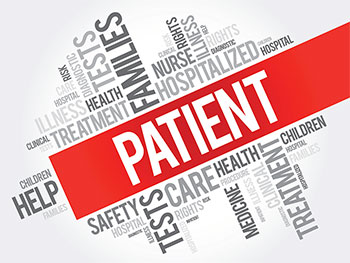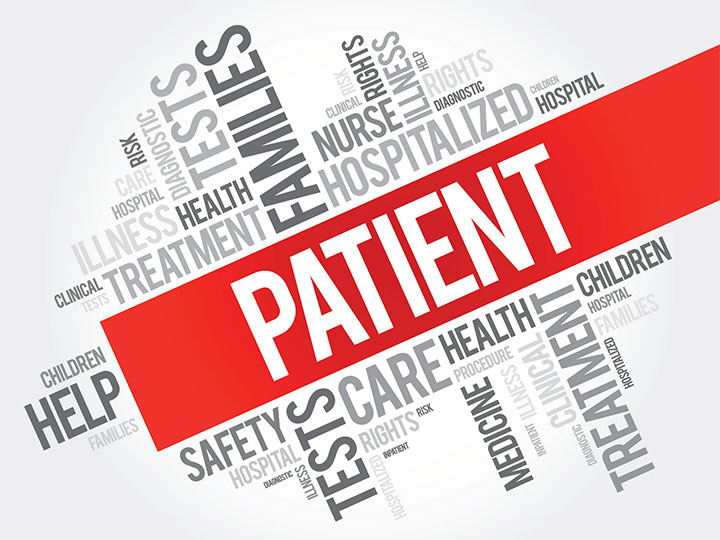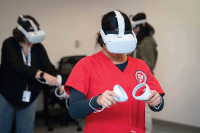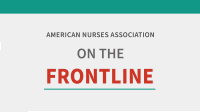By Janet Haebler, MSN, RN, and Matthew Fitting, MPS
Advocacy means leveraging one’s position to support, protect, or speak out for the rights and interests of others. Long before the American Nurses Association (ANA) defined nursing as including advocacy in the care of individuals, families, communities, and populations, the nurse’s role as advocate had been well established by nurses throughout history.


While nurses embrace the advocacy role for patients, the expectation for advocacy on behalf of one’s nursing colleagues, the profession, and even one’s self is less clear and not necessarily the norm. This area of policy development has traditionally been one of the slowest to advance in nursing, according to a 2011 report from the World Health Organization on strengthening nursing and midwifery services. All too often, nursing’s role has been to implement policies and programs rather than to participate in and bring the nursing perspective, experience, knowledge, and skills to policy formulation and healthcare planning.
As the largest group of health professionals in America, and consistently the highest ranked for ethical behavior by the public, nurses are in a unique position to influence the direction of both the profession and health care. (Nurses’ professional responsibilities to work with colleagues to promote safe practice environments are described in ANA’s foundational documents, including Nursing: Scope and Standards of Practice [2015] and Code of Ethics for Nurses with Interpretative Statements [2015].)
In keeping with this tradition, ANA has declared 2018 as the Year of Advocacy. You are invited to exercise your influence to shape and bring about change, both at the bedside and beyond. Nurses contribute professional expertise in every setting and at every level of care delivery and policy development. Throughout the year, ANA will feature examples of nurses engaged in a variety of advocacy efforts. Issues for advocacy can be global or local, including environmental health, human trafficking, health inequities, emerging infectious diseases, or maldistribution of the healthcare workforce. Removing barriers to scope of practice, reducing incidents of workplace violence, and implementing safe nurse staffing policies are initiatives that dominate ANA’s and many state nurses associations’ agendas. Additionally, the call to serve on boards allows nurses to provide a unique perspective to promote change and advance health, as noted in a 2016 article by Stalter and Arms in OJIN: The Online Journal of Issues in Nursing. Nurses also serve in state legislatures and Congress, bringing their distinctive leadership, analysis and communication skills. The possibilities are limitless. Nurses often say they’re not involved in advocacy beyond the bedside due to time constraints or not knowing where to begin. With this in mind, ANA will offer strategies and tools for being an effective advocate in whatever capacity you choose, including in-person and digitally based opportunities to get educated and get involved. Knowledge, as we know, is power; it begins here. We look forward to sharing more about the Year of Advocacy in 2018, and embracing the opportunity to make every subsequent year one in which advocacy is at the top of ANA’s and every nurse’s agenda.
Janet Haebler is senior associate director in State Government Affairs at ANA. Matthew Fitting is advocacy and engagement specialist in Federal Government Affairs at ANA.
Visit RNaction.org to stay up to date on ANA’s Year of Advocacy.
January 2018 Frontline FINAL




















